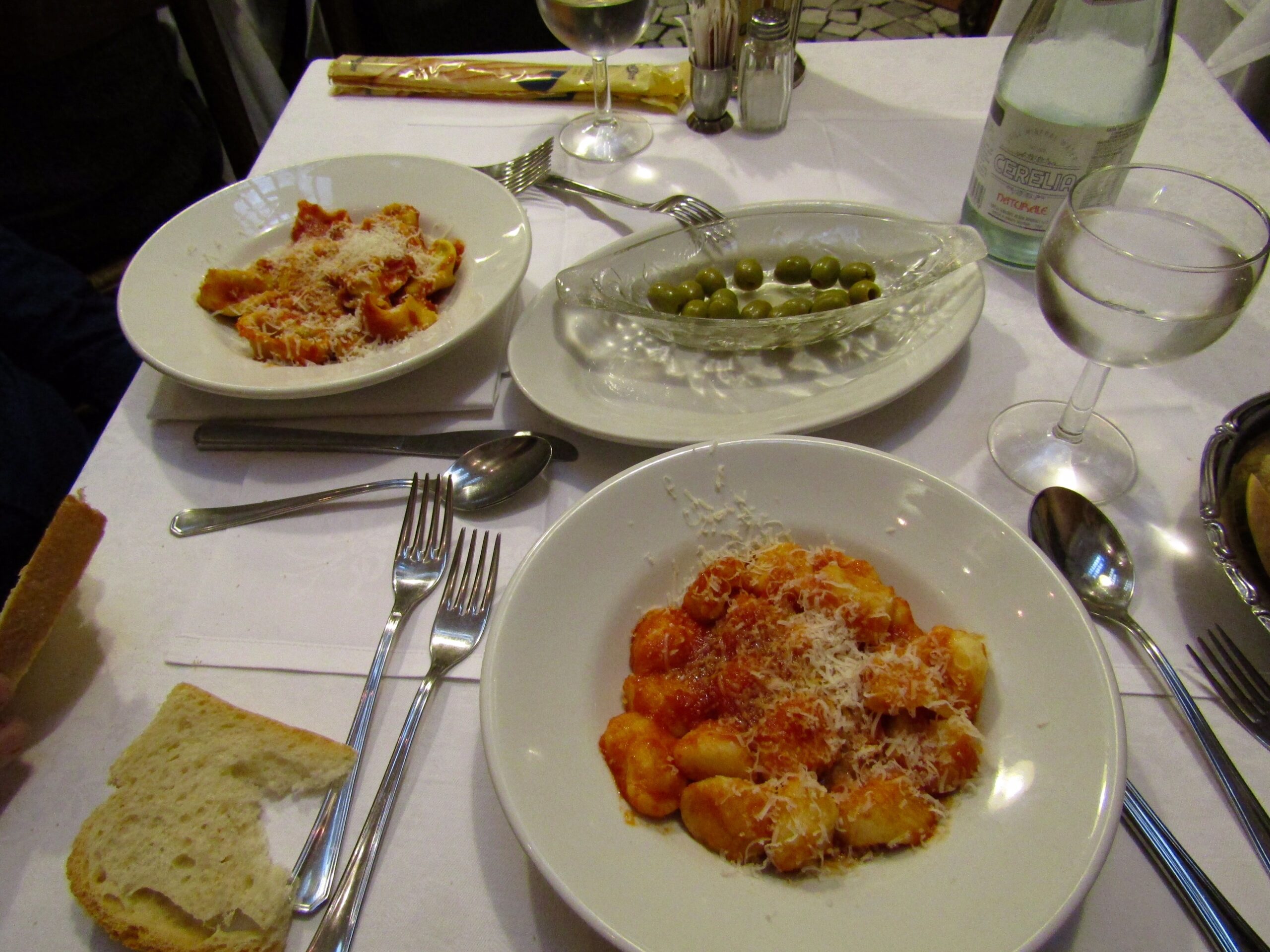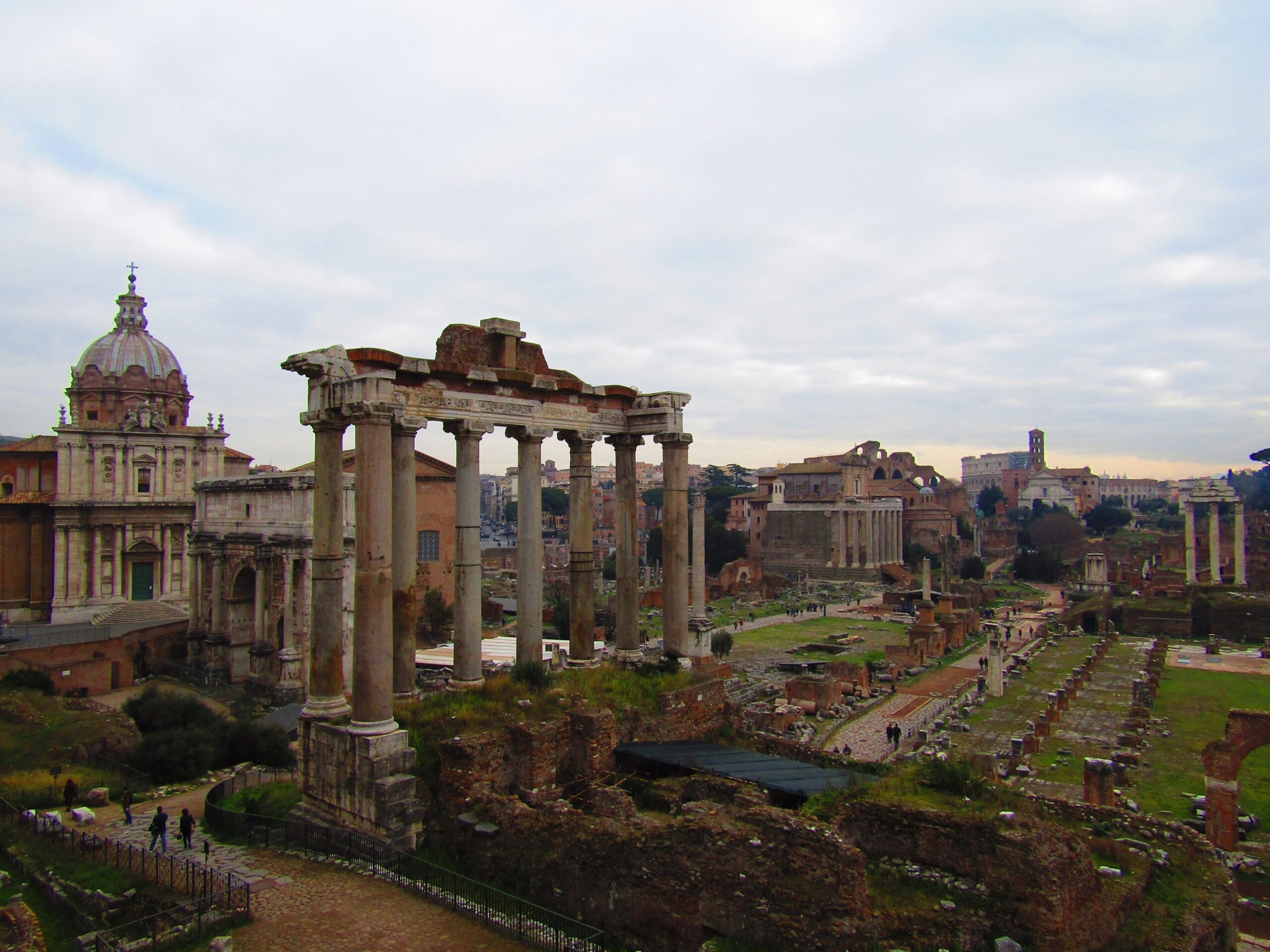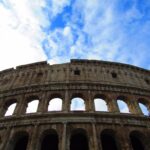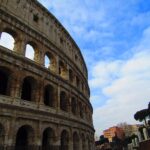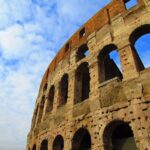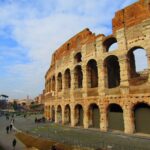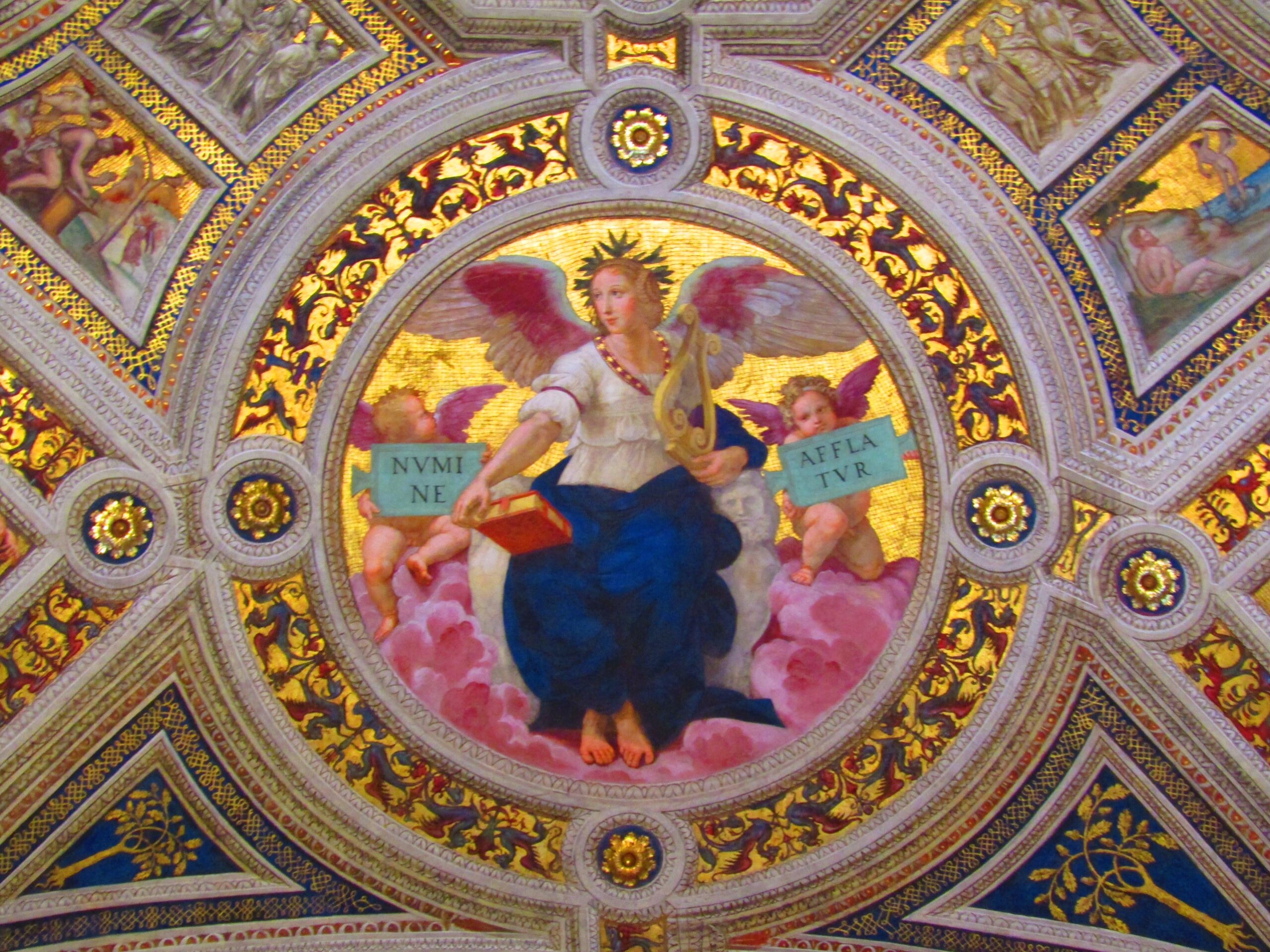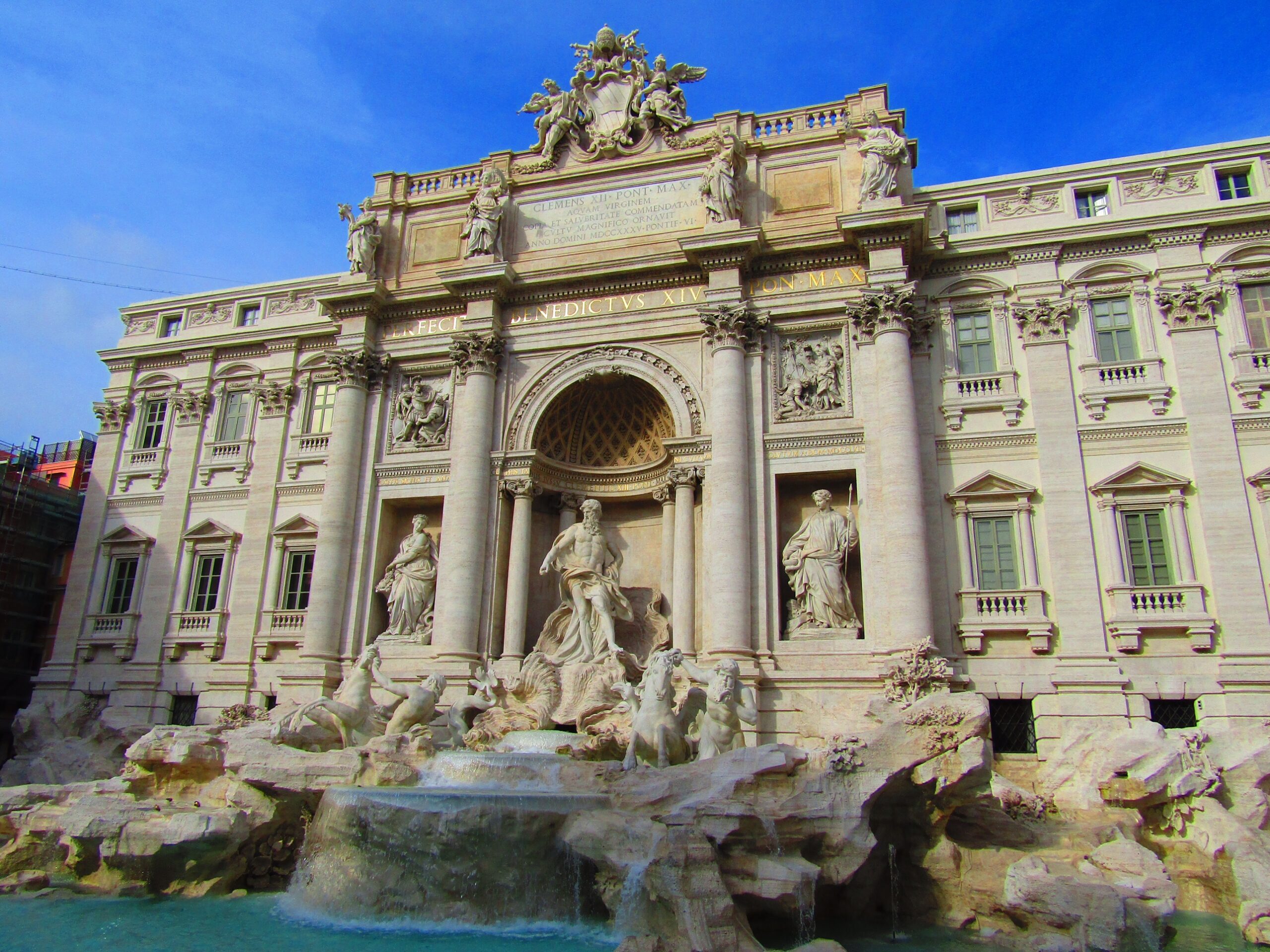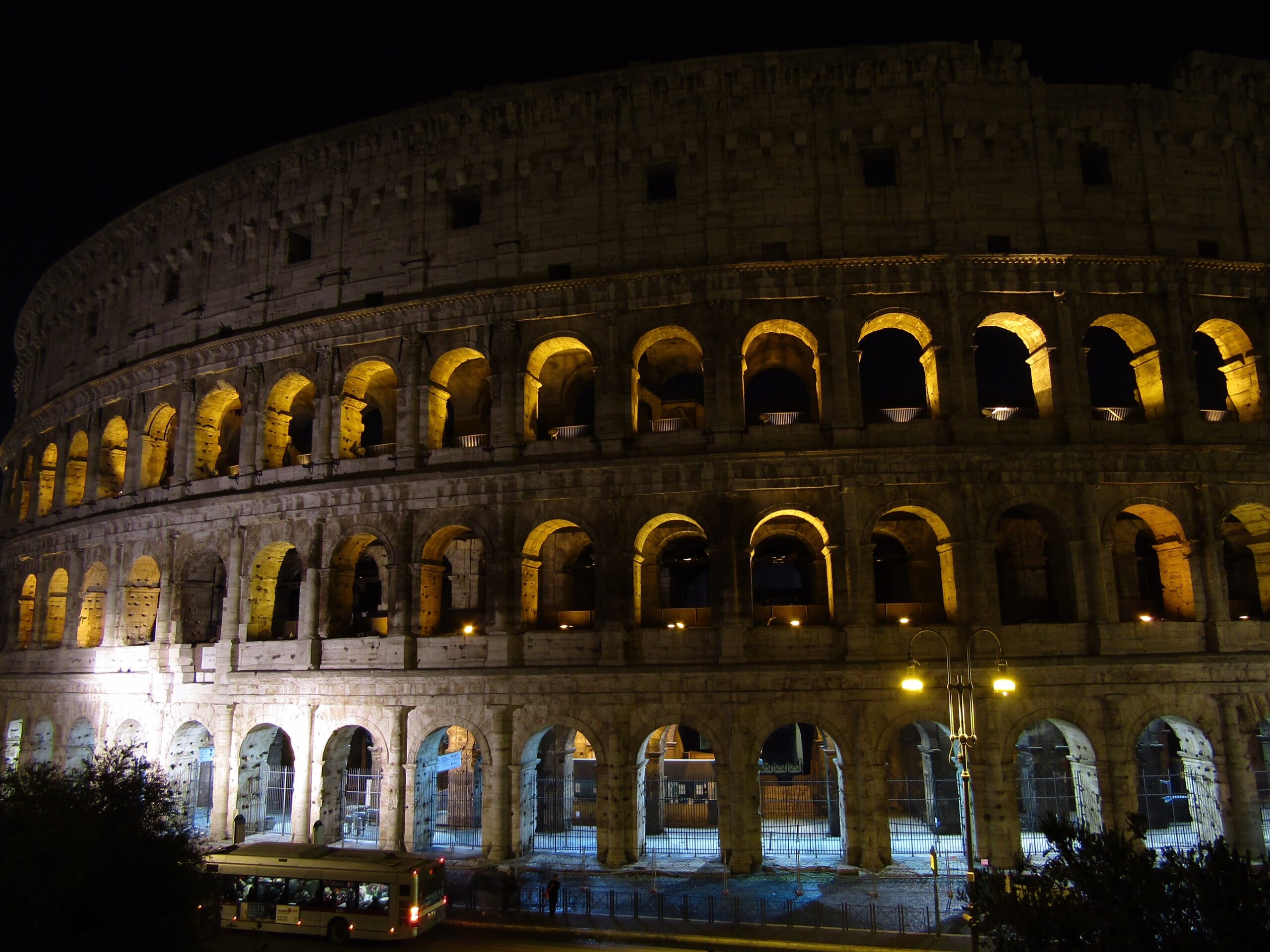The morning of day 10 seemed destined for good things. The sun had finally broke through after two cold and foggy days in Bologna. We headed to the airport and caught our flight to Paris relatively hassle-free. When we arrived at Charles de Gaulle Airport, a man filled the air with beautiful piano music in the arrivals lobby. We caught our train and headed for the city.
About halfway to Paris, the train stopped abruptly. An announcement repeated every 5-10 minutes indicating there was an “incident,” but that’s all. After 30 minutes, some passengers began to pry open the doors and make their way down the tracks. A few passengers near us spoke English and tried to keep us and the other new arrivals informed.
After nearly an hour, and many more people voluntarily disembarking, we were told to head for the door. The best information we had was that there was a train strike in solidarity of a few Goodyear Tire employees who were imprisoned for kidnapping their bosses during recent labor negotiations.
We sat at the edge of the opened doors with the other passengers and made the jump down to the rocks on the tracks below. We followed the crowd through the light drizzle to the next station. We caught a tram to another station where the trains were also stopped. As we received directions for a bus to the city, the trains began running again and we finally made it to our destination… about four hours later than we planned.
For us, it was an odd situation, a funny story from our travels. But for many of the Parisians who have suffered horrific things in their city over the last year, it felt like too much to bear. One woman near the door was assisted by other passengers as she suffered a severe panic attack. Other passengers cried openly.
It wasn’t a terrorist attack, but the disruption still provided heroes on the day. One man held back an opening in the fence until all of the passengers, ourselves included, could crawl through and get to the street. Another man led us and a pair of Russian tourists through the next train station, helping us get to the gates. Even the security guard at the station gave us written directions for an alternate route and made sure our tickets would get us all the way to the end. Over the hours, we worked with Italians, Spaniards and French passengers to make our way, piecing together our various languages to come up with a plan.





More Photo of the Day posts from our January-March 2016 trip to Europe










